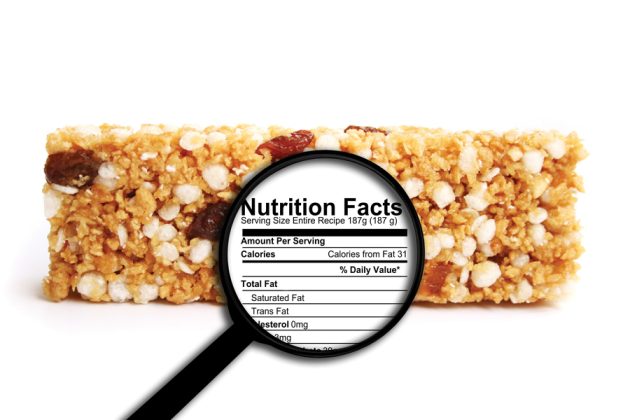
Regulatory Affairs: Supply chain constraints versus compliance
By Gary Gnirss
Regulation Canadian Food Inspection Agency Editor pick supply chain Photo © alexskopje / Adobe Stock
Photo © alexskopje / Adobe Stock The current supply chain and inflationary challenges will remain with us for some time. During the early part of the pandemic, the Canadian Food Inspection Agency (CFIA) introduced measures to provide manufacturers compliance flexibility in managing supply challenges.
CFIA’s philosophy of compliance historically distances itself from publicly expressing “enforcement discretion,” but never in the context of disregarding written rules. For instance, recently CFIA extended the transition period for new nutrition and ingredient labelling rules. The transition period formally ended on December 14, 2021. The extension means new rules are in full force, but with a caveat.
“For the first year following the transition period, CFIA will focus its efforts on education and compliance promotion (until December 14, 2022). After that date, CFIA will verify compliance and apply enforcement discretion in cases of non-compliance when regulated parties have a detailed plan that shows how they intend to comply at the earliest possible time, and no later than December 14, 2023,” said CFIA.
In examining this wording, it’s obvious CFIA is not saying it’s ok for foods to not be labelled as required. Those foods would not be compliant. CFIA is simply expressing its likely action in such cases.
Omissions and substitutions
The considerations noted in the above paragraph might sound trivial, but they are important in the context of compliance. Operating in a space created and defined by CFIA as “enforcement discretion” does not mean the food is compliant. It simply means it might be “untouchable” for the moment. It also comes with conditions.
In the November 2021 “Notice to industry – Flexibility in the declaration of a list of ingredients” letter, CFIA shared insights into its operational considerations. This is not new or a turn by CFIA away from its prudent approach to compliance. CFIA does not have the authority to be indifferent to rules. The note is also not a guidance. It doesn’t recommend the industry to not follow applicable rules. However, it points out that Canadian ingredient labelling rules under CFIA’s authority has provisions to omit or substitute ingredients under certain circumstances. For prepackaged foods, this is expressed in B.01.011 of Food and Drug Regulations (FDR). In the case of certain edible meat products, this provision is found in Section 284 of the Safe Food for Canadian Regulations (SFCR). There are also provisions in FDR and SFCR to vary the proportion of ingredients. In all scenarios, there are conditions. Firstly, it must be an “acceptable manufacturing practice”. While this is not explicitly defined, it should be obvious that a key ingredient may not be substituted or omitted. Another consideration is that the omission or substitution must be stated in the ingredient list, so that all ingredients that may be present in the food are declared. The need for substitutions or omissions must be anticipated in any 12-month period. A classic example is substitution of vegetable oils like “soybean oil and/or canola oil”. CFIA’s note goes on to remind the industry that if this can be planned in advance, they would expect that label to meet applicable rules.
Enforcement discretion
One shortcoming of the formal rules on omissions and substitutions is that this must be anticipated. In life, there are unforeseen circumstances. Thankfully, CFIA’s note speaks to this. It explains they would likely not engage in enforcement control measures (i.e. seizure, withdrawal or recall), as long as the conditions do not warrant. This would mean noncompliance is a low risk. However, there should not be health or safety concerns (undeclared food allergen, use of non-permitted food additives, etc.) or any major economic factor or misbranding (fraud such as value-engineering ingredients or including preservatives when claims are made for their absence).
CFIA notes that “current CFIA inspection framework allows for flexibility”. For clarity, CFIA is not saying it is ok with the non-compliance. They just may not use enforcement control measures. If CFIA becomes aware of such scenarios, it would like to see documentation establishing a supply issue, the length of the problem, and a plan to remedy the omission or substitution if it is occurring for an extended period.
Manufacturers caught in supply chain issues that may necessitate their labels not complying with requirements for a short period of time are not asked to alert CFIA. However, they would be expected to explain to CFIA label deficiencies, if asked. CFIA’s note provides a reasonable means of predicting its enforcement actions in the case of omissions and substitutions.
Gary Gnirss is a partner and president of Legal Suites Inc., specializing in regulatory software and services. Contact him at president@legalsuites.com.
This article was originally published in the April/May 2022 issue of Food in Canada.
Print this page